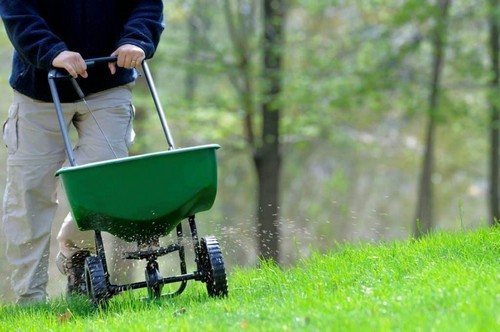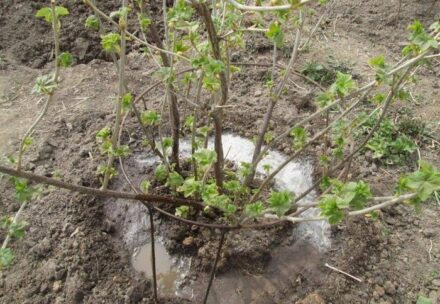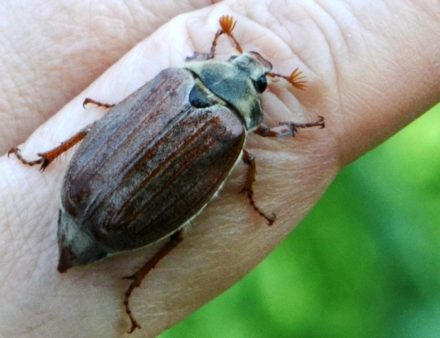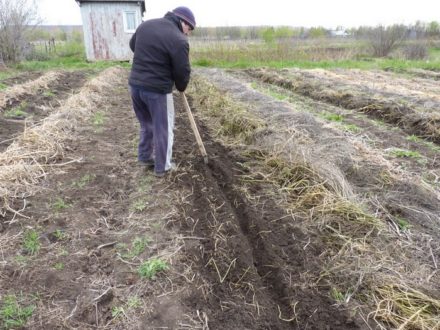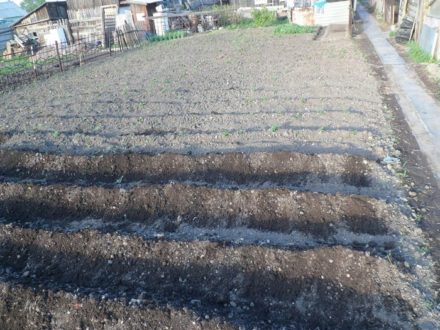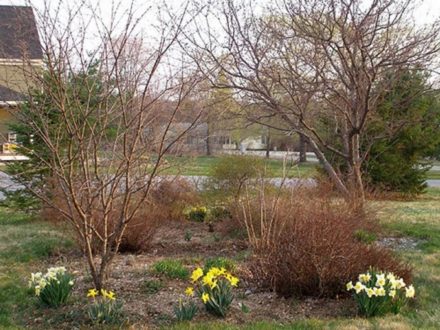A green, lush lawn on the property pleases the eye, but only if it is well-groomed and free of bald spots, moss and other problem areas. It is important to carry out lawn care activities at the very beginning of the season. Work begins when the snow melts in early spring.
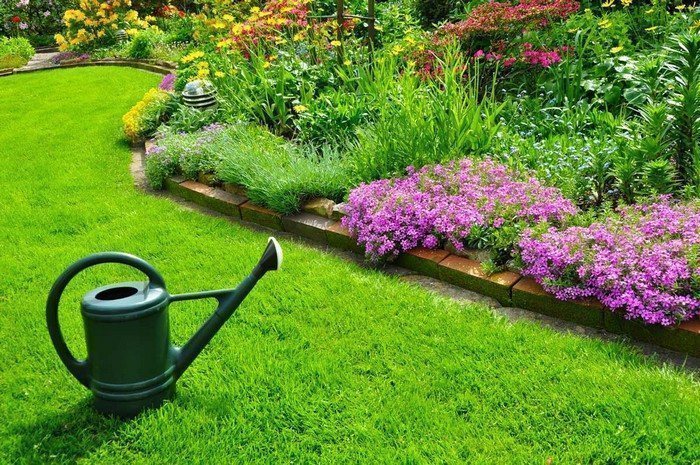
Disposal of melt water
In spring, the lawn may be flooded with melt water, especially if the winter was snowy or the area is located in a lowland. Usually the problem is solved with the help of a drainage system, but not all property owners install drainage before laying a lawn.
You can promote uniform melting of snow by scattering the snow mass over the entire area, without leaving snowdrifts. This must be done while the ground is still hard, otherwise deep indentations from footprints may remain on it. If there is a drainage system on the site, it is necessary to clean all wells and drains in advance.
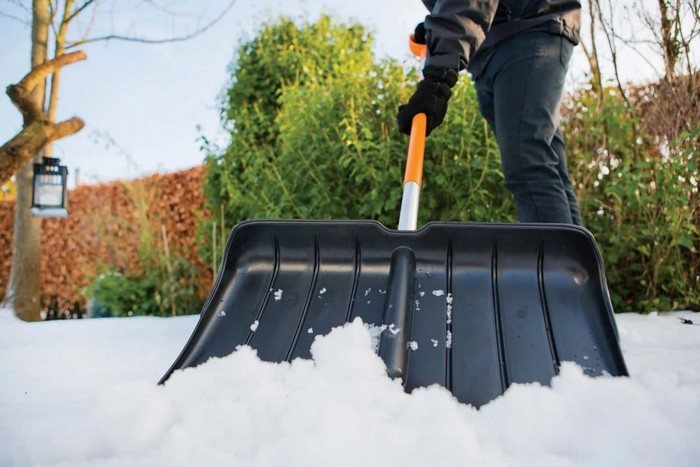
Compacting turf with a roller
This procedure is necessary for young lawns with loose turf. After thawing, the soil in such lawns may rise in some places. To ensure that the site remains perfectly level, the lawn is compacted using a roller or homemade devices. Rolling is done once, walking across the lawn in one direction. Old lawns do not need this procedure.
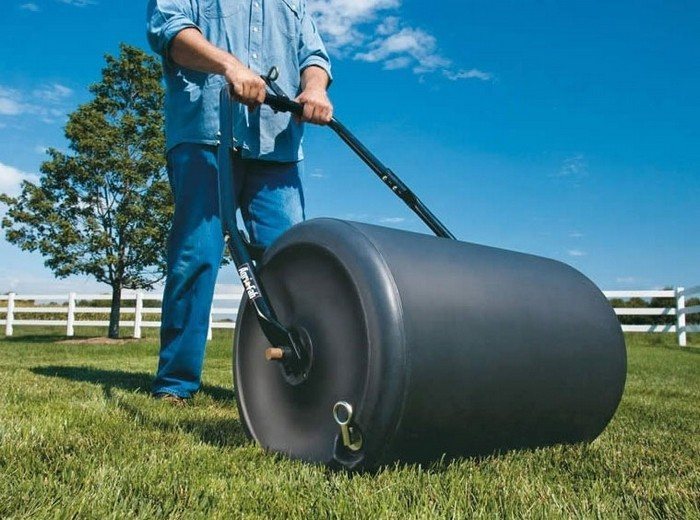
Combing out dried grass
Sometimes after winter the lawn is a sad sight, resembling a caked felt mat.The lawn must be cleaned of old grass and dried autumn leaves. They begin this work before the young grass begins to grow.
Combing should be done carefully, trying not to damage the turf layer. It is best to use a special lawn rake. They are convenient because the distance between the teeth is small, which allows you to more thoroughly remove dried grass and debris. Combing is carried out in 2 directions, walking along the area along and across.
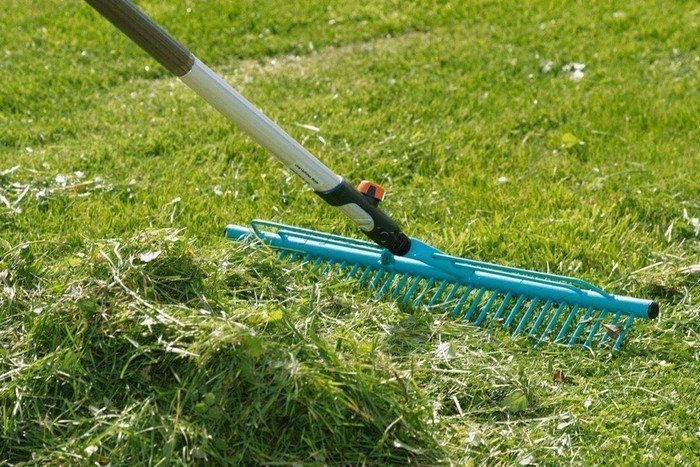
Lawn aeration
Aeration is a mandatory procedure that is done annually in the spring. Its meaning is to saturate the top layer of soil with oxygen. Aeration is carried out using a pitchfork or a special roller with sharp spikes. For the same purpose, special studded sandals are used, which are put on over the shoes, and then walked around the area in small steps.
More advanced devices are electric and gasoline aerators, with the help of which the lawn is processed quickly and efficiently. After piercing the turf, access to air, nutrition and moisture to the roots is facilitated, and the soil structure improves.
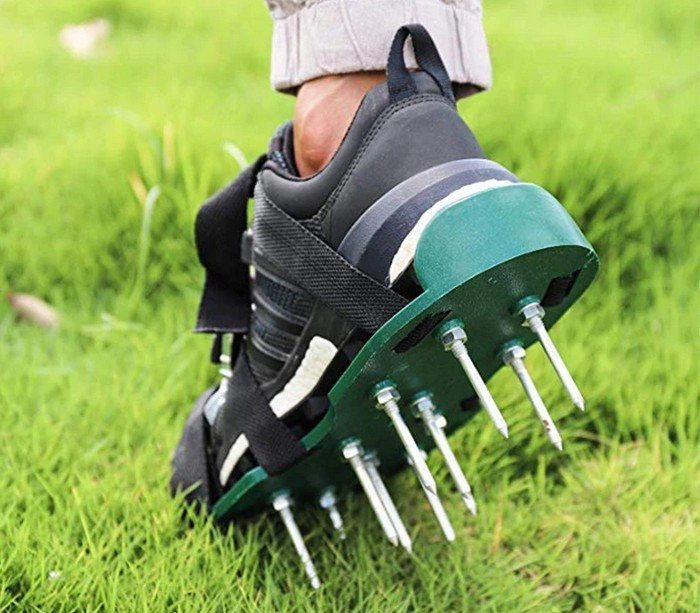
Aeration is carried out 2 days after watering; the soil should be slightly moist. There should be 200–300 punctures per square meter; for an old lawn this rate is increased. At the beginning of the season, aeration is mandatory, later it is done as necessary - during heavy rains or severe drought.
Fertilizer application
Spring lawn care is not complete without fertilizing. During this period, ammonium nitrate or urea is added, which will supply the lawn with nitrogen for active grass growth.There are also specialized fertilizers for lawns labeled “spring - summer”. There are also long-lasting mineral complexes on sale, which are applied once a year in early spring.
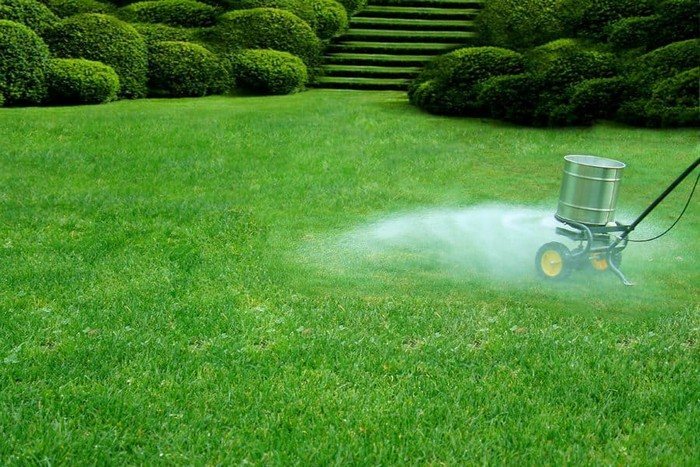
Fertilizer in granules is consumed according to the instructions. However, experienced gardeners prefer to dissolve chemicals and use them in liquid form, so as not to harm young shoots. The solution must be evenly distributed over the entire area.
Overseeding the grass mixture
If bald spots appear on the lawn, the problem can be solved by reseeding lawn grass. It is worth using the same grass mixture that was sown initially. If there are no seeds left, they are purchased, trying to select the same composition of plants.
After sowing, problem areas are sprinkled with a thin layer of soil, leveled with a rake and watered. It is necessary to monitor the soil moisture in these places and, in the absence of rain, carry out regular watering.
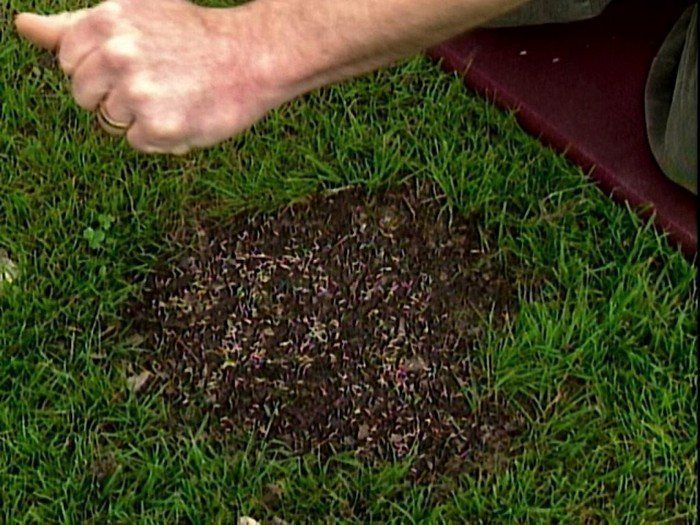
Troubleshooting problems
Sometimes the appearance of your lawn signals specific problems. For example, on the grass appeared:
- traces of mold;
- molehills;
- grown mushrooms;
- different types of moss.
Moldy areas should be treated with a fungicide. The treatment is carried out according to the instructions for the drug, it may have to be repeated several times. If the fungicide does not help, it is changed to another. As a radical measure, removal of the damaged area along with the turf and subsequent reseeding of the grass mixture is used.
If molehills are discovered, the soil is removed from the lawn and the passages are filled up. If there are a lot of mole heaps, ultrasonic repellers, mole traps and poisons are additionally used.
The mushrooms that appear are removed along with the mycelium located in the top layer of soil. To do this, dig a shallow trench along the path of mushroom growth, cover the problem area with fresh soil, compact it and sow lawn grass on it. Areas affected by moss are treated with a dichlorophen-based herbicide or a solution of ferrous sulfate.
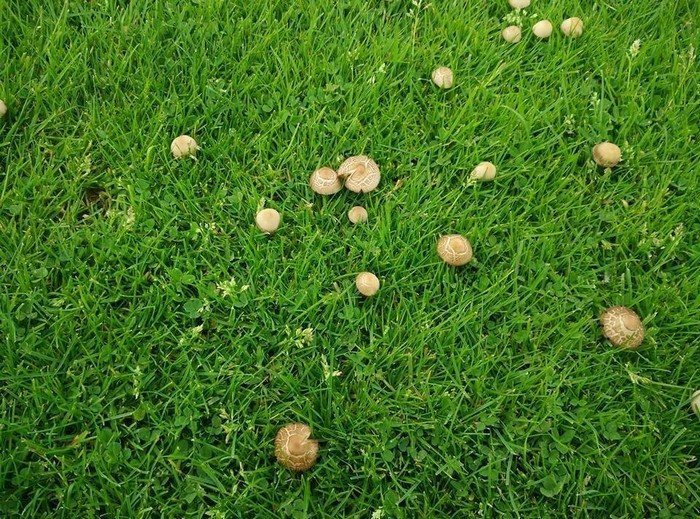
The appearance of the lawn should be taken care of in advance, at the very beginning of the season. The lawn must be rid of debris and old grass, fed, aerated, and rid of problem areas. In the future, the lawn is also not left without attention, with regular mowing and watering.


